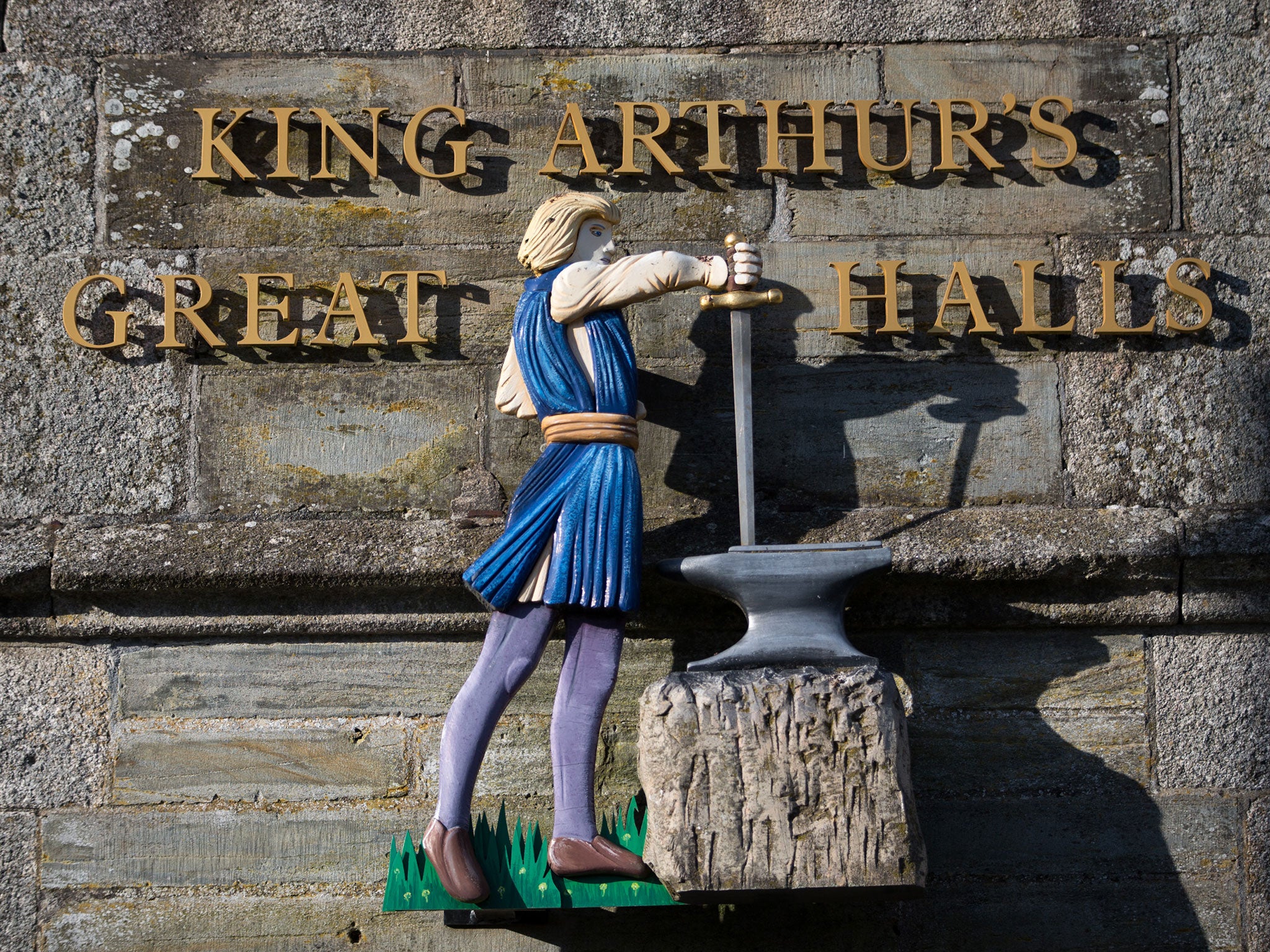Excavations of medieval chapel at site linked to King Arthur
King Arthur is said to have seen a vision of Mary Magdalene and the baby Jesus at the chapel

Your support helps us to tell the story
From reproductive rights to climate change to Big Tech, The Independent is on the ground when the story is developing. Whether it's investigating the financials of Elon Musk's pro-Trump PAC or producing our latest documentary, 'The A Word', which shines a light on the American women fighting for reproductive rights, we know how important it is to parse out the facts from the messaging.
At such a critical moment in US history, we need reporters on the ground. Your donation allows us to keep sending journalists to speak to both sides of the story.
The Independent is trusted by Americans across the entire political spectrum. And unlike many other quality news outlets, we choose not to lock Americans out of our reporting and analysis with paywalls. We believe quality journalism should be available to everyone, paid for by those who can afford it.
Your support makes all the difference.The remains of a medieval chapel which King Arthur is thought to have visited have been uncovered for the first time in nearly 50 years.
Excavations at Beckery Chapel, near Glastonbury, Somerset aim to accurately date buildings of an early Christian chapel.
The trenches, which have been excavated for the first time since 1967-68, will then be filled in and the position of the chapel will be marked on the ground in the field.
Archaeologist Dr Richard Brunning, from the South West Heritage Trust, said: "Previous excavations in the 1960s suggested that a Saxon monastery may have been present on the site before it became a chapel.
"The present research aims to get new scientific dating samples to precisely date the monastic cemetery for the first time."
The chapel is connected to legendary visits by King Arthur, who is said to have seen a vision of Mary Magdalene and the baby Jesus there.
The Irish saint Bridget also reputedly visited it in AD 488 and left some possessions at the site, which later became a place of pilgrimage.
The excavations have involved local volunteers, supervised by professional archaeologists.
Funding for the project, which is being run by the South West Heritage Trust, has come from the Heritage Lottery Fund.
PA
Join our commenting forum
Join thought-provoking conversations, follow other Independent readers and see their replies
Comments